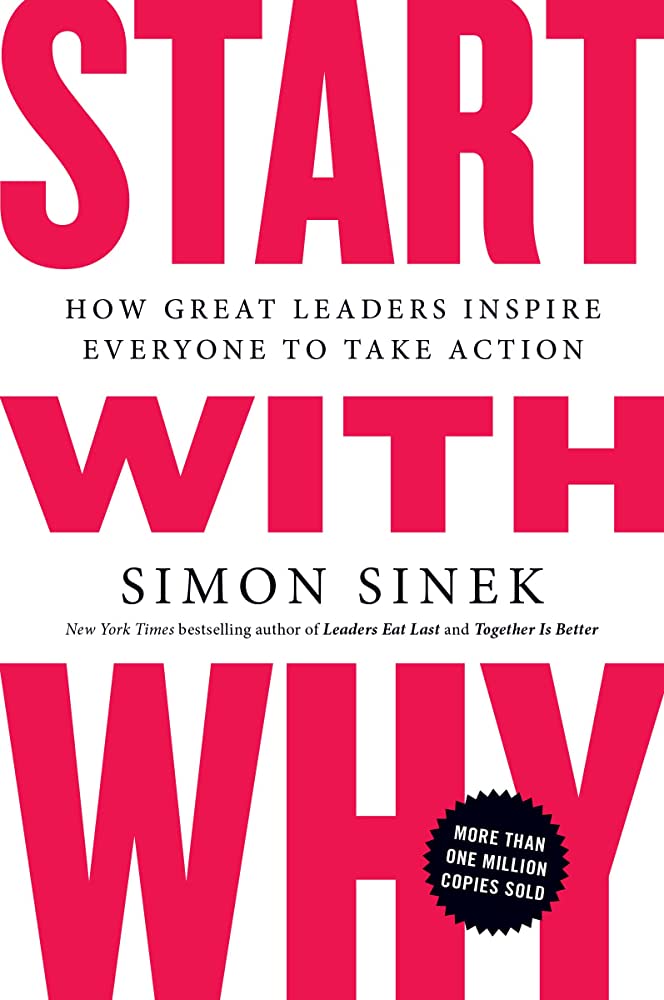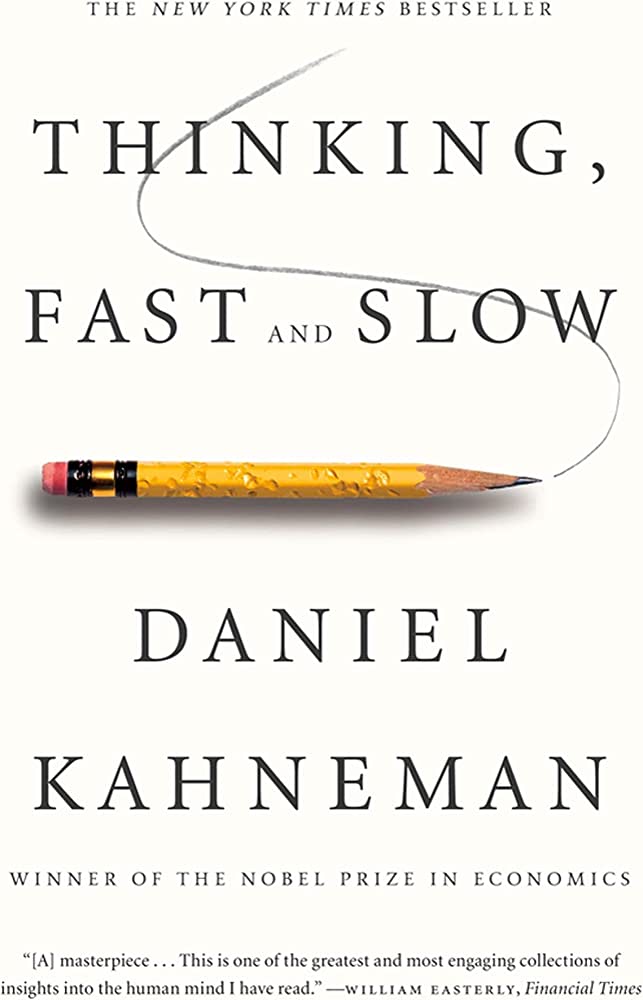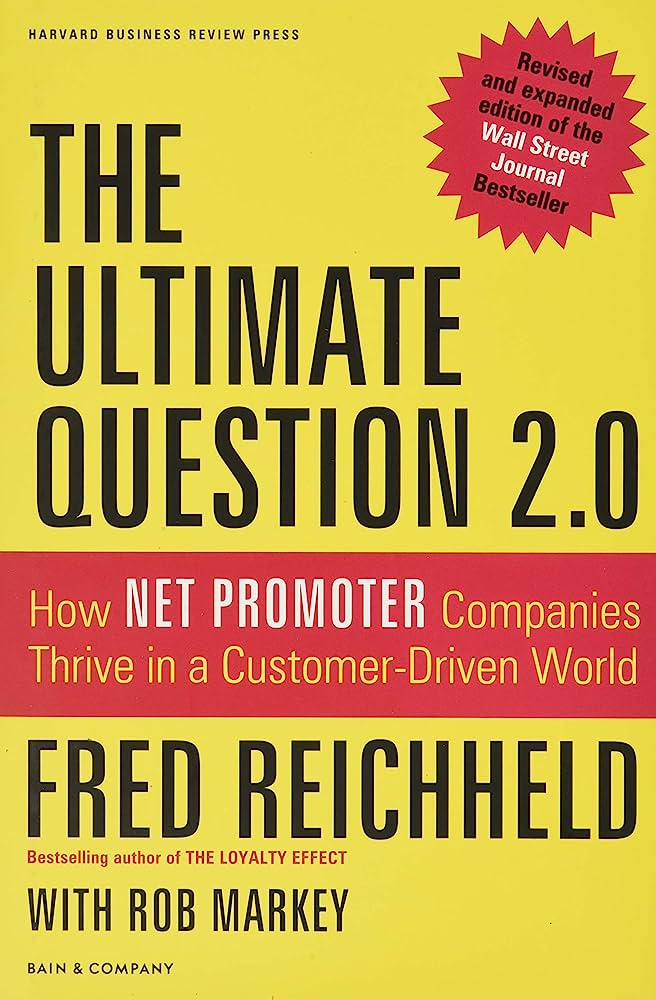Call of the Mall
RATING


Call of the Mall focuses the concepts found in Paco’s book, Why We Buy, and applies them to the realm of shopping malls. Analyzing the structures as a business itself, he takes a consumer’s perspective, walking through the mall and noting his surroundings, his emotions, and his expectations or disappointments. Then he reaches a much more concentrated market, the retailers, and combs through the aspects of the business that fail to capitalize on opportunities to win over customers.
This is exactly how Paco illustrates the image of the mall and writes his book: as a standard customer. This perspective gives him understanding as he interviews with different demographics that frequent the mall and potentially are the primary target audience of its services. The book is candid in providing a view of the mall from an observer’s point of view, which makes for a book that is interesting, compelling, and wholly informative.
Paco takes aspects of the mall, mere afterthoughts, and brings them to light in his book. The writing style has a certain appeal, namely in giving perspective of how a shopper would react to offerings of the mall. There are notable suggestions that he makes in regards to malls that can be applied in a similar fashion to banks. In particular Paco references how cross-selling, greeters, and grouping product packages should be a part of the overall experience, aligning his thoughts with that of Senteo’s. Essentially, Paco is preaching the concept of customer centricity and orienting businesses towards addressing the needs of customers. The book itself provides insight into the mind of a consumer when visiting a mall, and similar sentiments are shared by patrons of banks – they are looking for particular products or service, and are willing to pay to receive quick, attentive, and personal customer service.
As with previous reviews such as Brandwashed by Martin Lindstrom, there is a notable lack of quantitative evidence to reinforce the claims made by Paco. The casual conversation, too, becomes somewhat distracting over time as we search for depth and value in the book. Yes, we praised the style of writing for capturing a shopper’s perspective, but as a professional business book it becomes a nuisance to sift through the jargon to find actual content. It could possibly be attributed to the restrictive nature of solely focusing on malls, but there does not seem to be enough content to fuel several of the chapters, and this makes the content disjointed and, at times, superfluous. The content itself makes note of several points that would be interesting to retailers, but it is still lacking in terms of actionable content that can be used to further increase sales. The suggestions are offhand while there is a clear lack of analysis of methods that malls use to entice customers.
Paco Underhill has a genius for retail. As a follow-up to the bestseller Why We Buy, he has written an arch entertaining ethnography of the shopping mall. Energized by two dripping cinnabons, Underhill guides readers on a walking tour to encounter senior mall walkers, teen jean and hoodie shoppers, shoe fetishists, six second sales greeters, kiosk vendors and food court diners.
He nails our ambivalence about indoor shopping saying, “the mall, like television, is an easy American target for self-loathing. We look at the mall and wonder: is this the best we could do?” He gets the devil in the details with wonderful riffs about global malls, parking spaces, the “free” gift with cosmetics, retail tribalism (Nordstrom versus Ann Taylor, Pac Sun versus Abercrombie) and why CD and bookstores have returned to city streets. But Underhill doesn’t whine. When he critiques multiplex theatres, raunchy bathrooms or the absence of coatrooms, he also offers witty suggestions. For example, how to turn a well-appointed restroom into a profit center.
Underhill is convinced that online shopping and fatigued boomer shoppers are leading to the “post-mall era.” This kind of prediction makes The Call of the Mall a great read. It is a smart, observant meditation–one that suggests the past and the future of our shopping culture. –Barbara Mackoff –This text refers to an out of print or unavailable edition of this title.
There is confusion as to who this book is truly geared towards. On one hand, the book is written in such a manner that it is an easy read for the typical consumer. On the other, the book is probably most useful in the hands of those who design retail centers or his typical clients (retail chains, retail developers, etc.). Actual utility would most likely be derived by the professionals reading the book, though it would be limited to a basic understanding of buying behavior unlike his previous book, Why We Buy. However, the book itself is more of a wealth of understanding of a consumer perspective rather than any sort of true research on specific ideas, so it is more likely to be used to better understand consumer thinking and how to maximize consumer interest.

The book seems to be less of a research book and more of a personal account of observations made while shopping in a mall. Nonetheless, the experience is that of a trip to gather information, and the information gained from the trip, as well as that of Paco’s personal knowledge, is suitable for a research book – albeit a casual take on it. Taken at face value, this is more directly associated with simply being an observation of the mall and its interaction with customers.
See content on this topic
Sales training for front line along with basic development and coaching principles for line management.
Understanding branding and communications from the standpoint of emotional engagement and building relevant and meaningful dialogue with customers.
This course covers a complete view of customer touch points (both physical and virtual) and a unique model for standardizing and managing customer contact models across channels including approaches for customer feedback, quality management, and migration.
Understand how the innovation process changes moving from functionality and channel design to a process focused on creating value for customers.
Experiential Branding & Communications – Improving Brand Integration Through Emotional Engagement.
This course covers a complete view of customer touch points (both physical and virtual) and a unique model for standardizing and managing customer contact models across channels.
Understand the value of a customer-oriented analytics package and how behavioral scenarios can be used to improve profitability through influencing behavior and usage.
To understand the principles of game dynamics and learn how to effectively use the elements of gamification in business: to involve customers, employees and contractors in the process.
Understanding branding and communications from the standpoint of emotional engagement and building relevant and meaningful dialogue with customers.
This course covers a complete view of customer touch points (both physical and virtual) and a unique model for standardizing and managing customer contact models across channels including approaches for customer feedback, quality management, and migration.
Experiential Branding & Communications – Improving Brand Integration Through Emotional Engagement.
This course covers a complete view of customer touch points (both physical and virtual) and a unique model for standardizing and managing customer contact models across channels.




 Copy Link
Copy Link
 E-mail
E-mail
 LinkedIn
LinkedIn
 Facebook
Facebook
 Telegram
Telegram
 WhatsApp
WhatsApp
















 Go Back
Go Back
Leave a Reply
You must be logged in to post a comment.